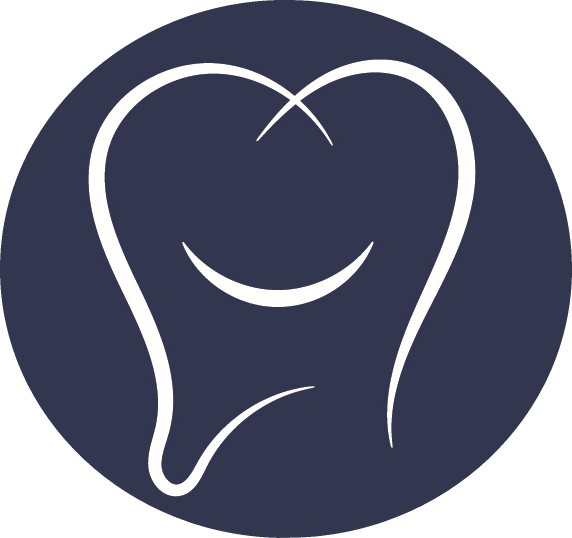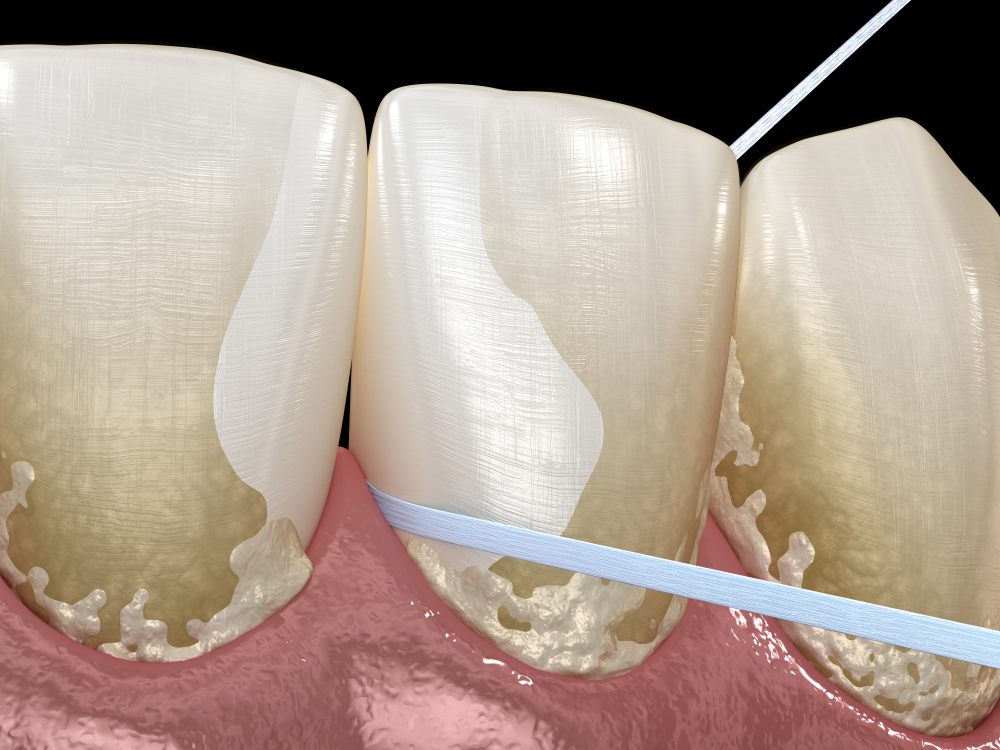
07 Feb Unravelling Floss
Recently, I tried something I got over Christmas – a package of Cocofloss. It’s marketed as luxurious and the “most-cleansing dental floss” you will see. I did not know this when I received the floss as a gift. I only noticed that it came in nice packaging.
The second thing I noticed was the floss was coated with coconut oil and pretty thick. I wanted to know if it worked better than the usual floss I use – the ones you can buy from drugstores.
I also went to a local store to get some Tom’s of Maine natural floss because I have been meaning to try that as well.
So before we get to my reviews, let’s perfect our flossing technique here.
I used 5 types of floss for this “experiment”. Honestly, there was not a whole lot of scientific process going on here. I just used a different floss every night and repeated the process every five days. The only real controls were that I flossed before I brushed at night and I brushed with the same power toothbrush.
The Contenders
Cocofloss
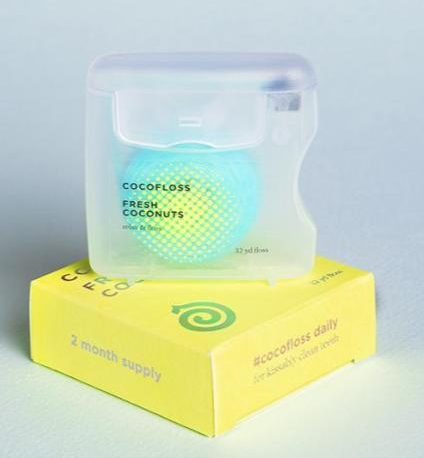
Tom’s of Maine
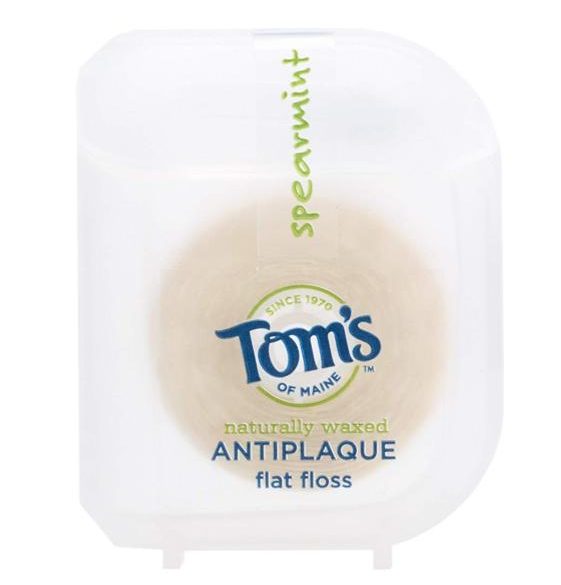
Oral B Glide
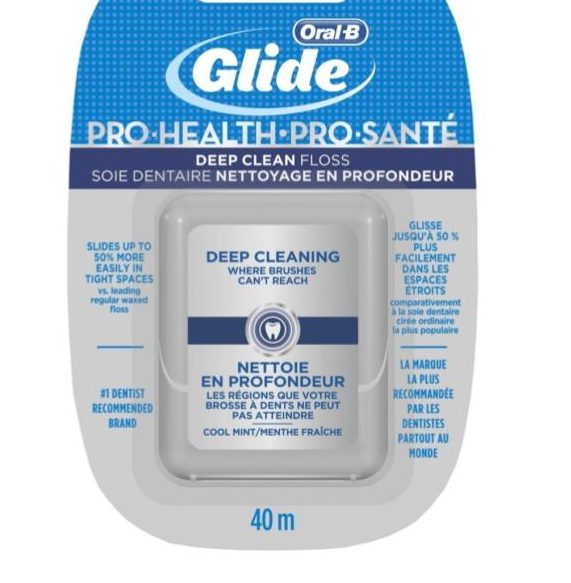
GUM® Expanding Floss
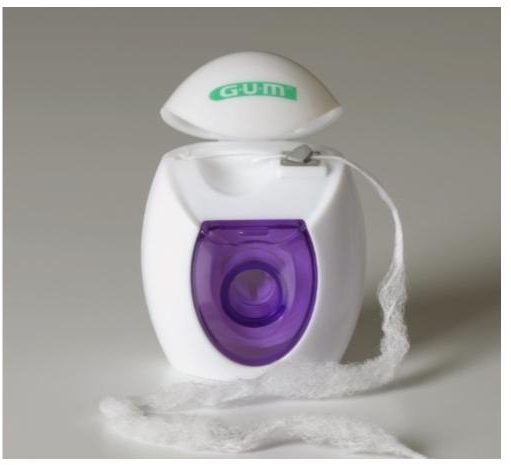
GUM® Professional Flossers
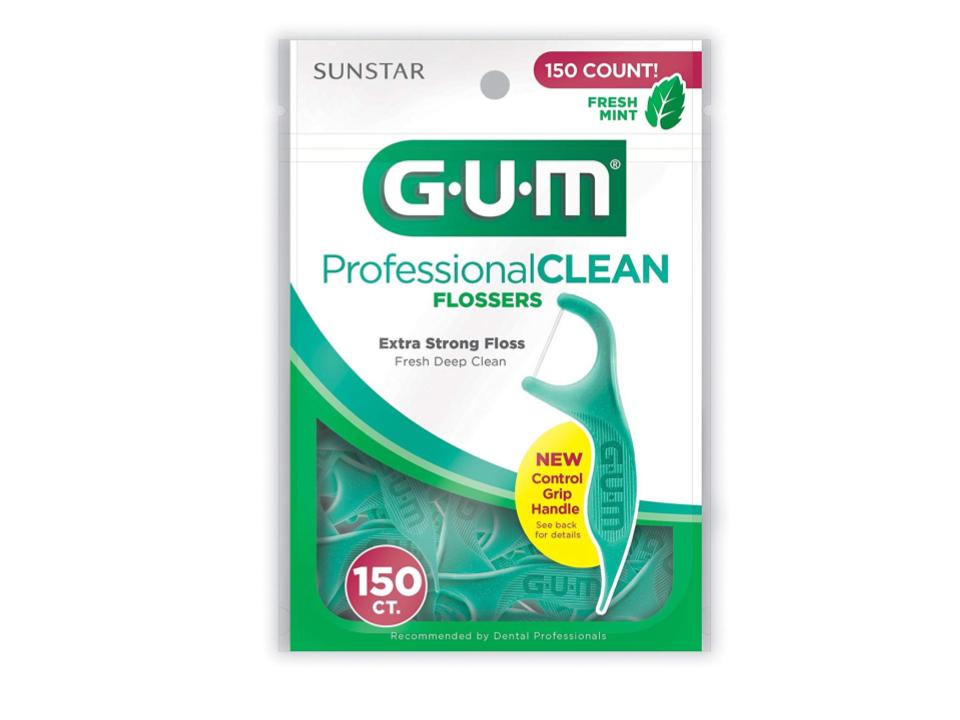
My Personal Opinions
Cocofloss
This floss really is a lot thicker than any I have used before and it took a little practice to maneuver it through my teeth, especially between the teeth that were tight together. For the first few tries, I actually caused my gums to bleed because the floss was basically rammed up into them.
The floss shred a few times in the tighter spots and took some effort to pick out so that was not ideal. I found that if I pulled the floss a little more taut between my hands, it reduced the amount of times the floss shred.
There was certainly a good amount of plaque removed by this floss but some others were just as effective in this aspect.
I think the coconut oil was a good touch for its antibacterial properties, but it did cause the floss to slide in my fingers while flossing.
Tom’s of Maine
This floss is the thickest of the ones I tried. I could not get the floss through some tight areas without some serious effort. It is coated with bees wax, carnauba wax and jojoba wax to help you get floss through the contacts between the teeth.
I removed a good amount of plaque but it might be from me flossing the base of my teeth a few extra times because I was not eager to pull the floss back out once I finally got it to go through the contacts.
Oral B Glide
This floss is my go-to when I really just want to go through the motions quickly so I can get to bed. As advertised, it just glides between the teeth – even the tight areas.
I have not experienced any fraying or shredding on myself but have noticed it can rip when I used it on some patients.
I like the fact that this floss is wide enough to remove tons of plaque but glides well enough that I can floss fairly quickly. This floss is also coated with wax so it helps with the handling and does not just slip out of my fingers.
GUM® Expanding Dental Floss
This floss starts out thin and then expands when it comes in contact with moisture. It is also coated with wax (very lightly) so it is easy to handle and will slip in between teeth quite easily.
Once the floss expands, I find it’s soft and gentle on my gums. It also removes a good amount of plaque from tight areas and areas where the space between the teeth are bigger.
Given the amount of fibers you can see separate when the floss expands, I was impressed with how this floss did not rip or shred into pieces.
I had forgotten how much I liked this floss when I first tried it several years ago.
GUM® Professional Flossers
Before I go any further, I have to confess I only used these for two nights before I stopped using them. I was just not used to flossing with anything other than a long strand of floss.
It was harder to control the pressure I was using to push the floss between my teeth and I could not adequately use the C-shape flossing technique. As a result, I could not remove as much as plaque compared to the other flosses.
It was also weird to me that I had to either rinse the floss during use or use a bunch of flossers to clean between all my teeth. I think mainly it just came down to me not accustomed to using this type of floss.
Summary Table
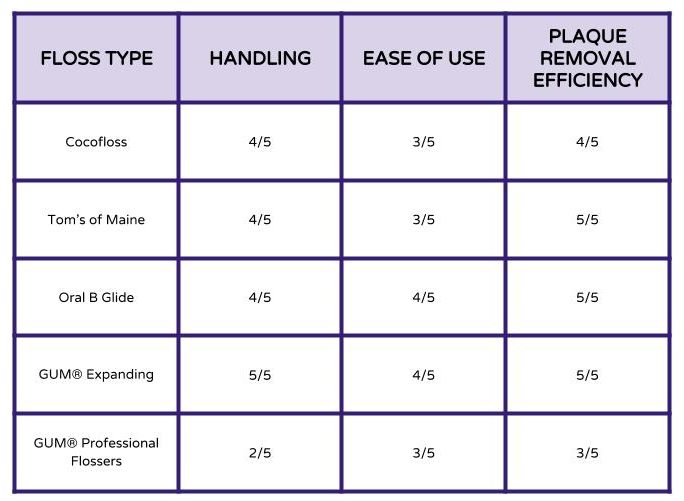
When You Don’t Want to Floss
Waterpik® Water Flosser!
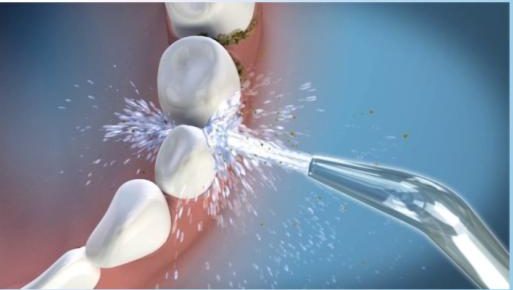
Technically not a replacement for flossing, but the Waterpik is a pretty good alternative for patients who do not like messing around with floss. Ironically, the Waterpik creates its own mess with the water spraying everywhere so make sure your face is over the sink when using it. I also recommend patients use it in the shower if they do not like wiping their sink and mirror all the time.
This tool is really helpful in cleaning the gums between the teeth and may be a better option than floss in reducing bleeding gums (1). Patients with braces (2) and bridges may also find that this is a better option. It is not a replacement for flossing because it will not entirely remove the plaque that is sitting in the contact areas between the teeth; however, there are definitely a lot of benefits to the Waterpik.
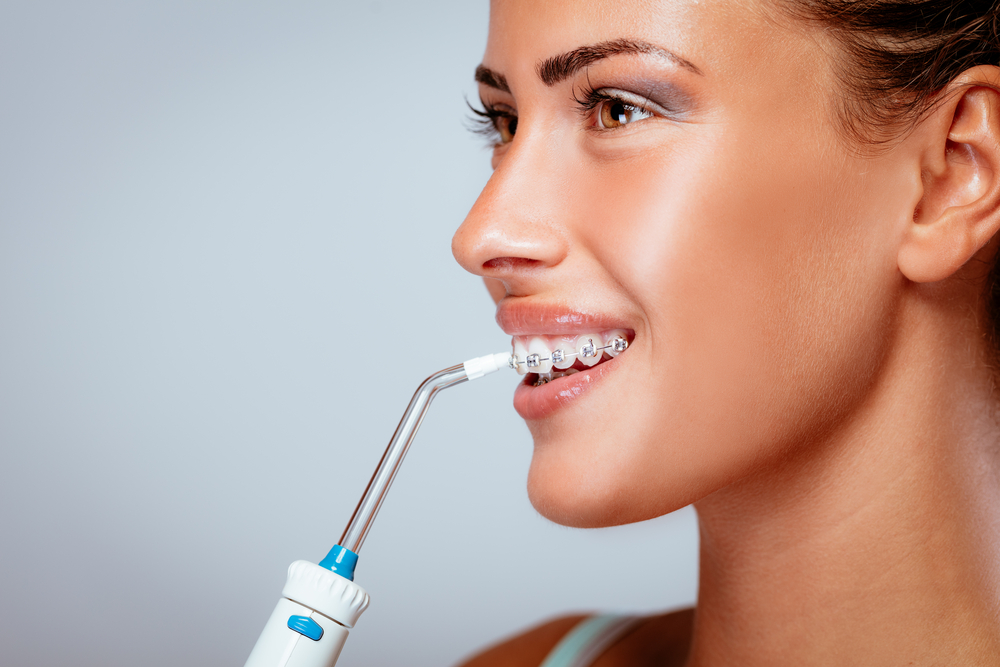
My recommendation is simple: choose a method that cleans between the teeth and be consistent with it. Be it luxury floss or a water flosser, I would rather see a patient use something that works for them than nothing at all.
Phuong Luu, DDS
- The Waterpik® Water Flosser is a more effective alternative to traditional dental floss for reducing gingival bleeding and improving oral health. Rosema NAM, et al. J Int Acad Periodontol 2011; 13(1):2-10. Study conducted at the University of Amsterdam, Academic Center for Dentistry, Amsterdam
- Orthodontic Tip to manual toothbrushing is significantly more effective at improving oral health in adolescent orthodontic patients than adding manual floss or brushing only. Sharma NC, et al. J Ortho Dentofacial Orthop 2008; 133(4): 565-571. Study conducted at BioSci Research Canada, Ltd., Mississauga, Ontario, Canada
